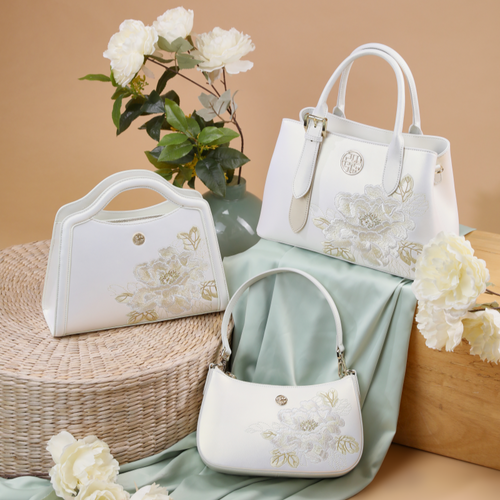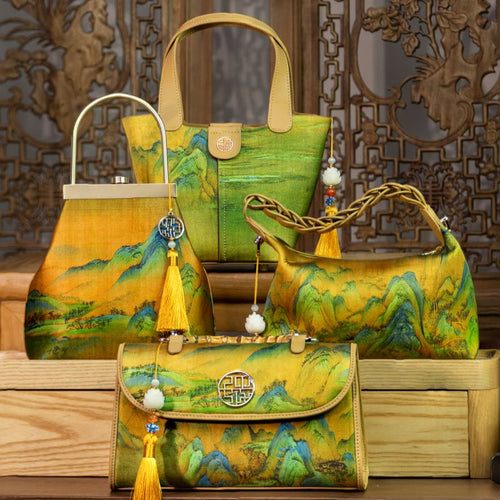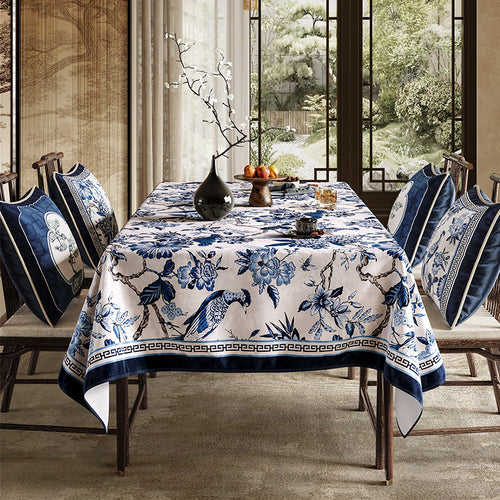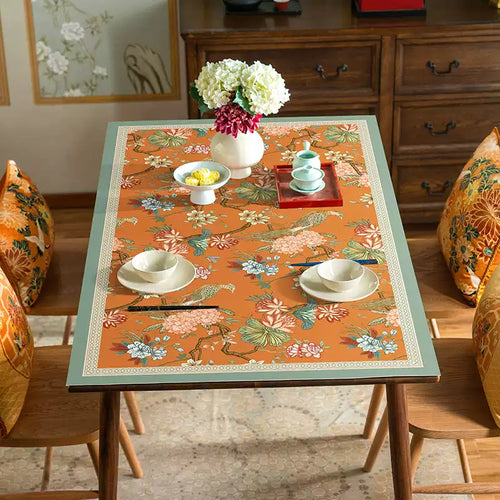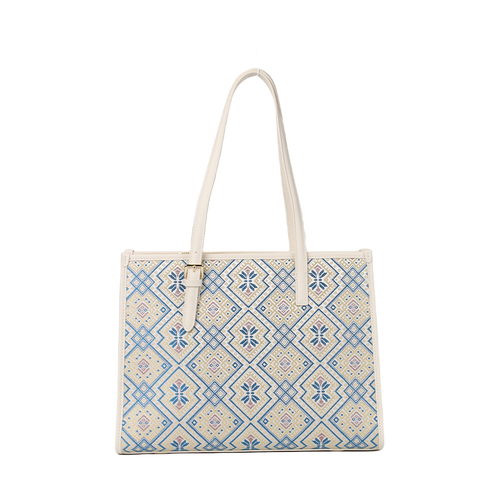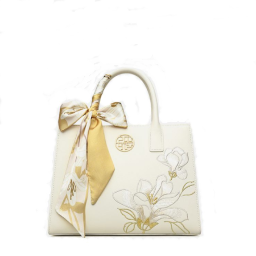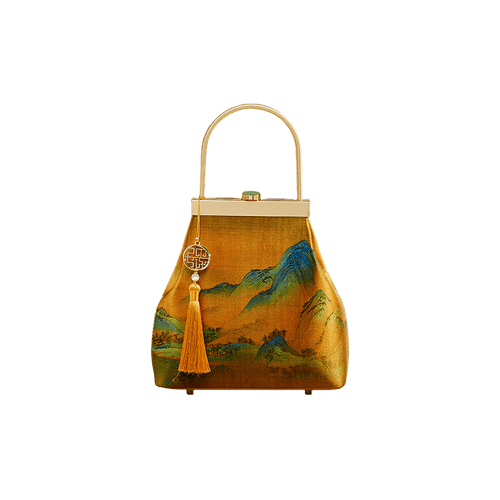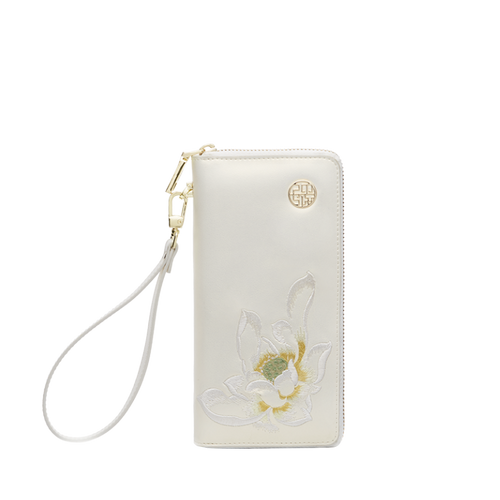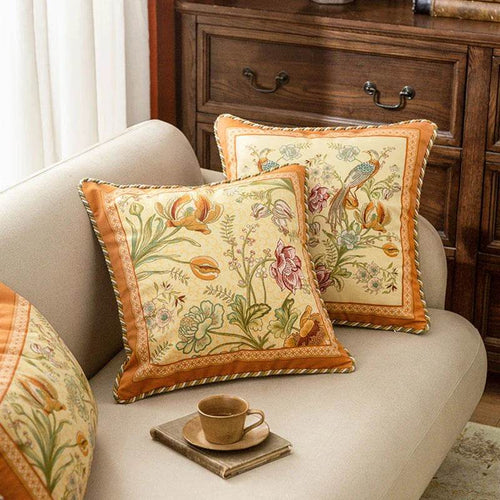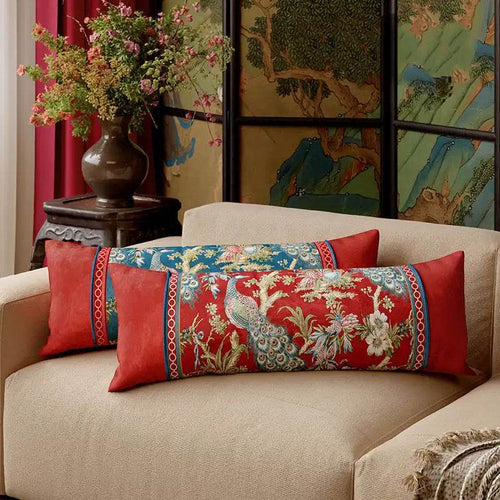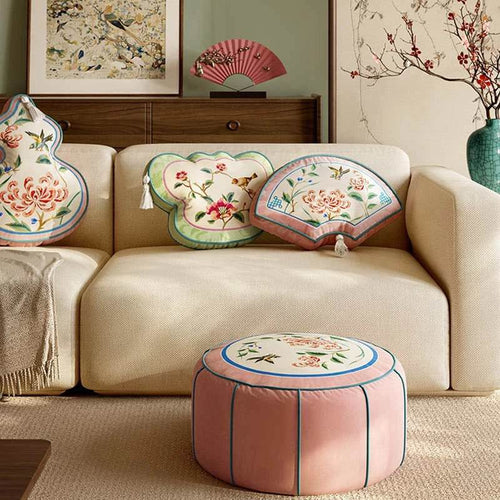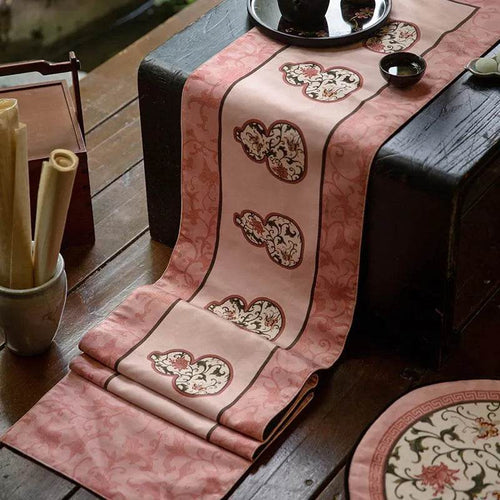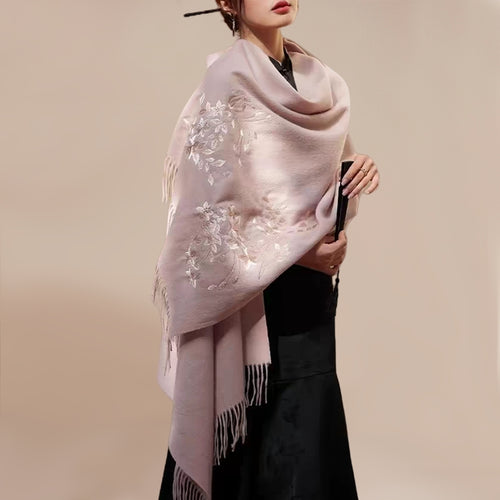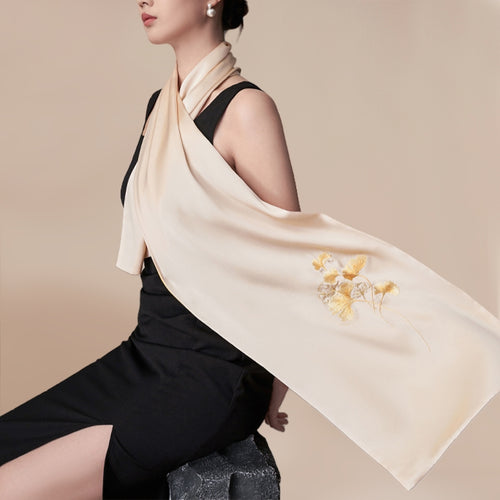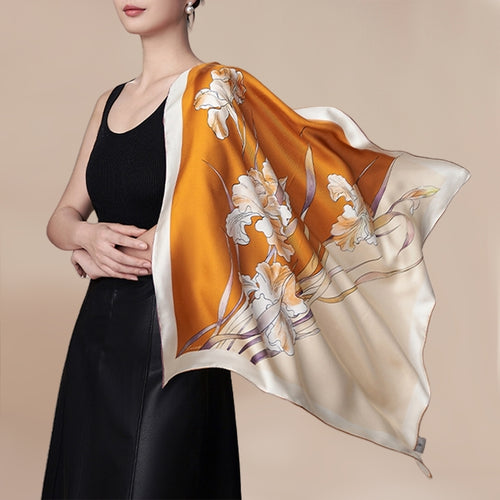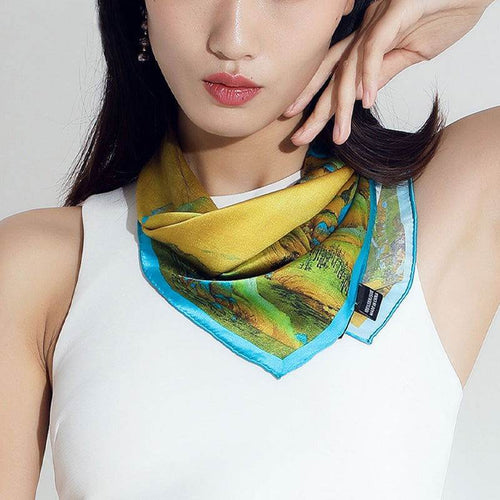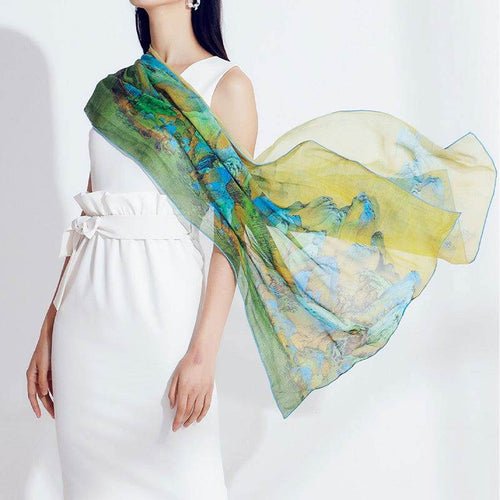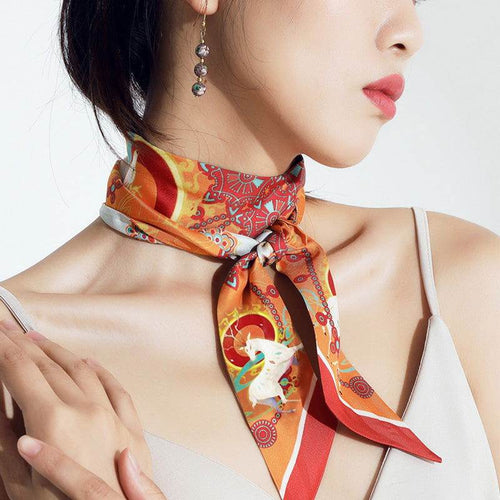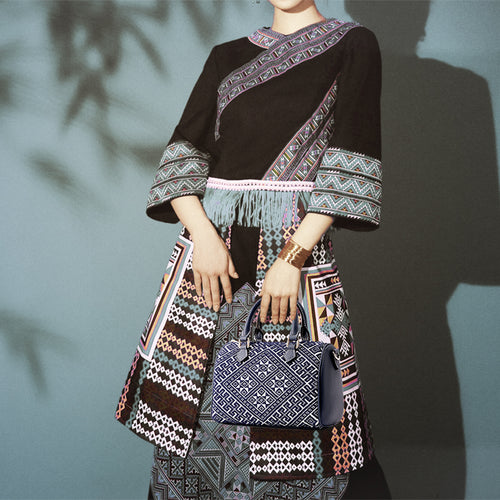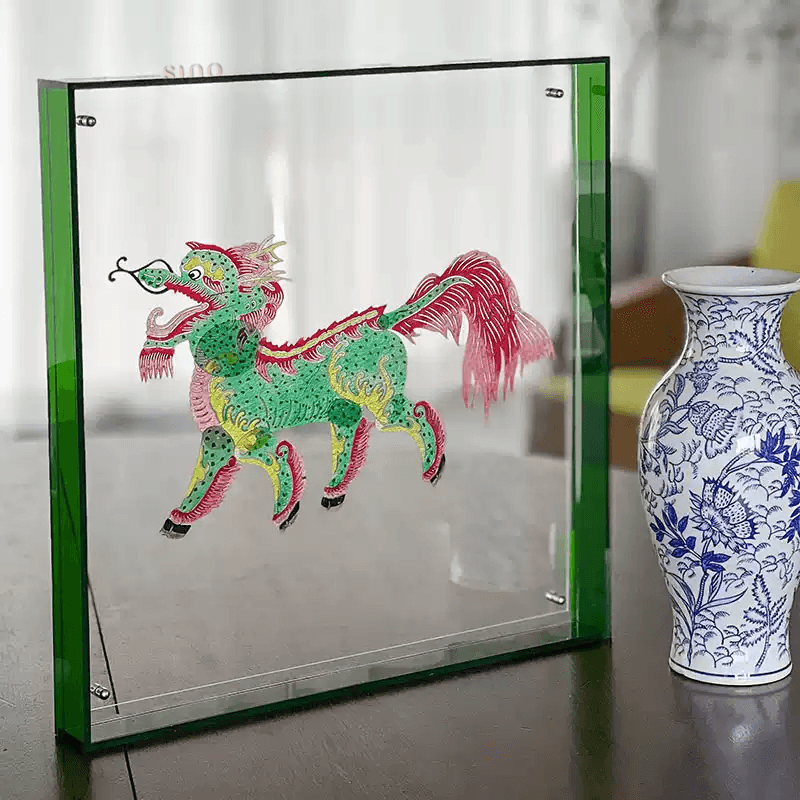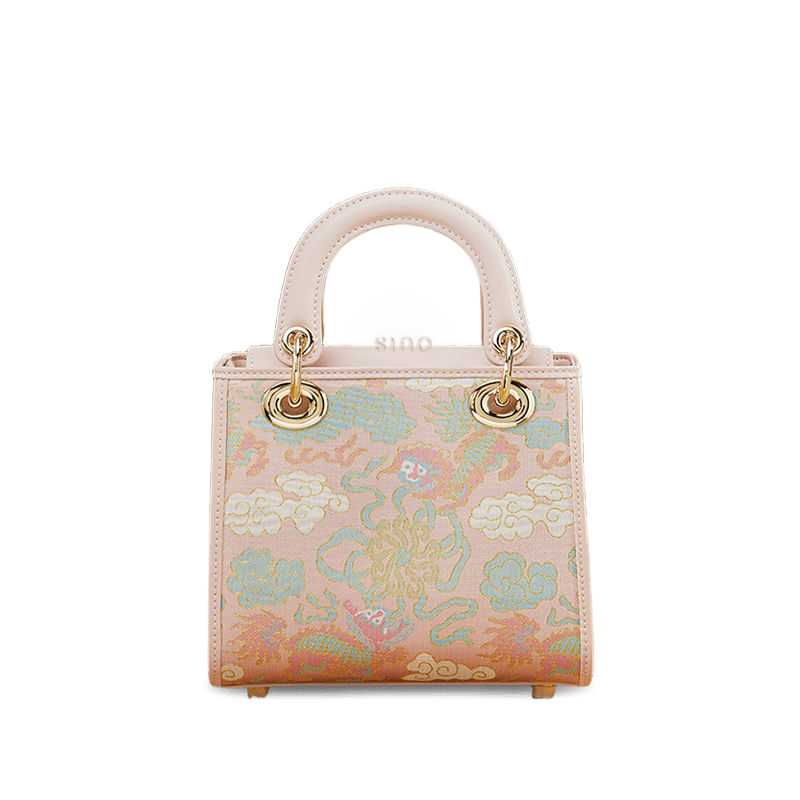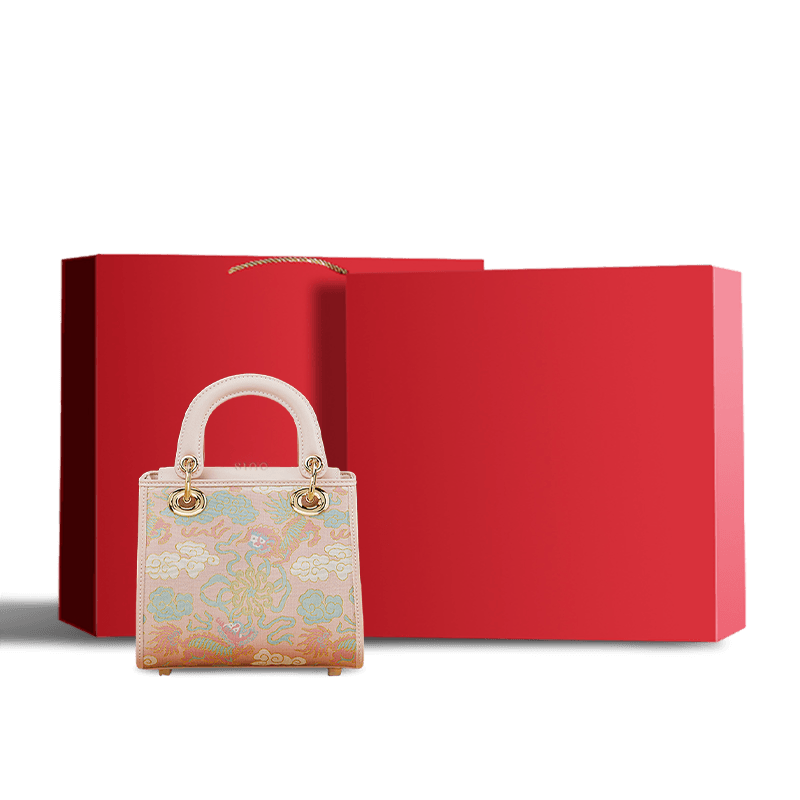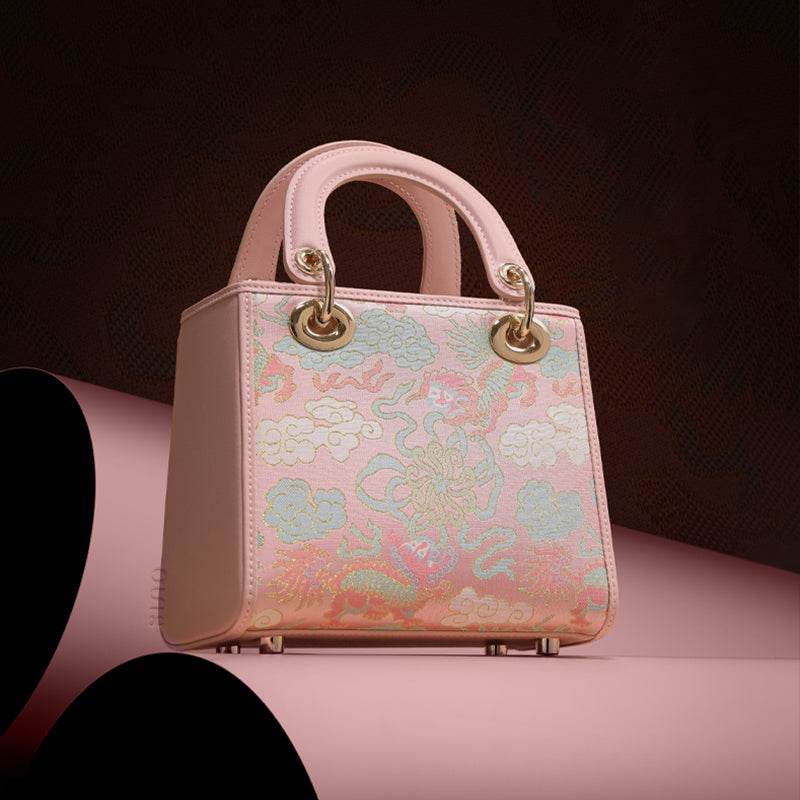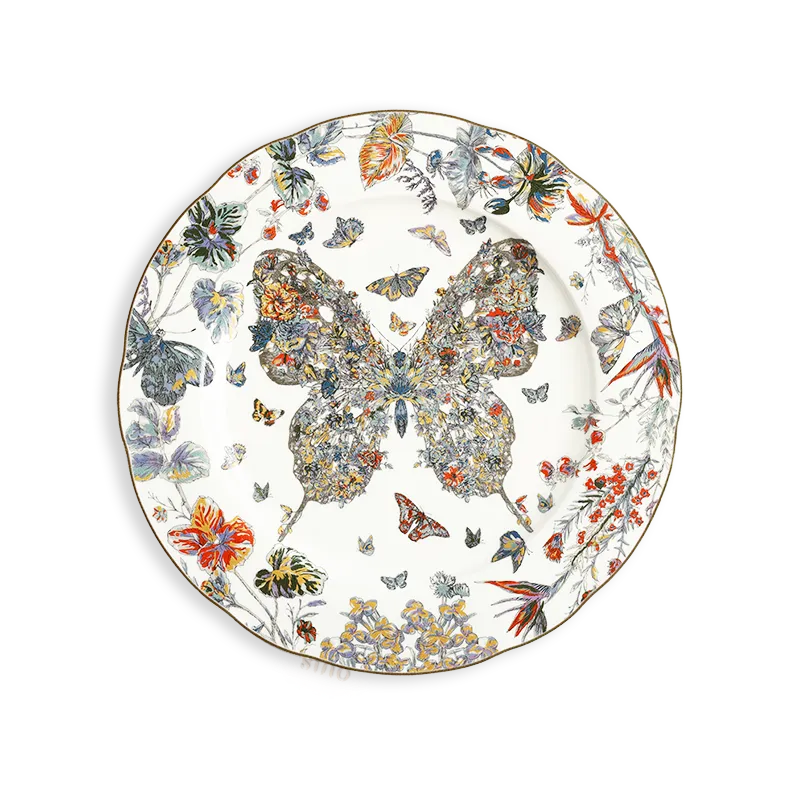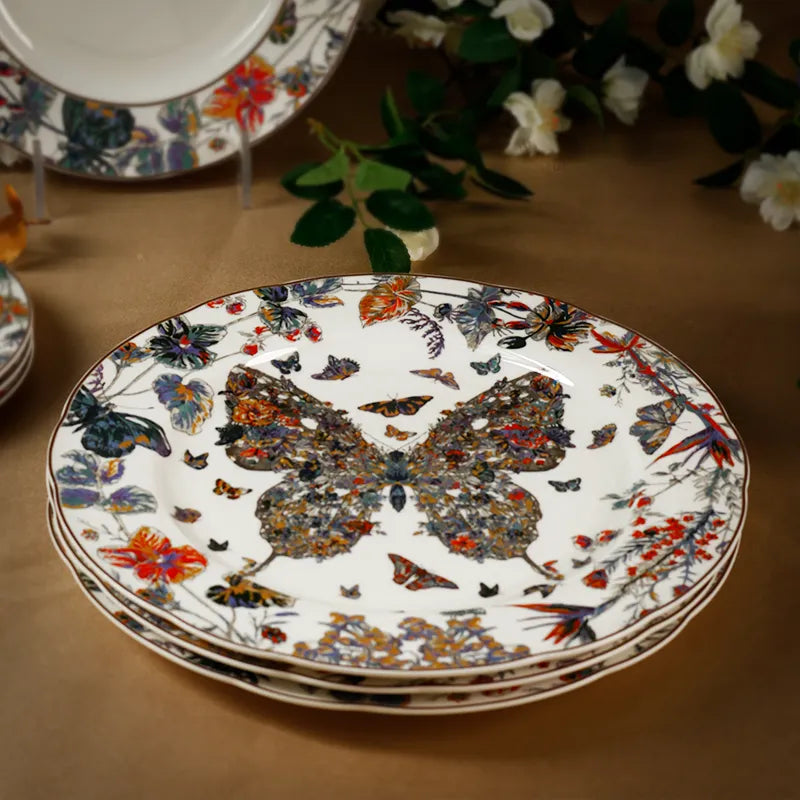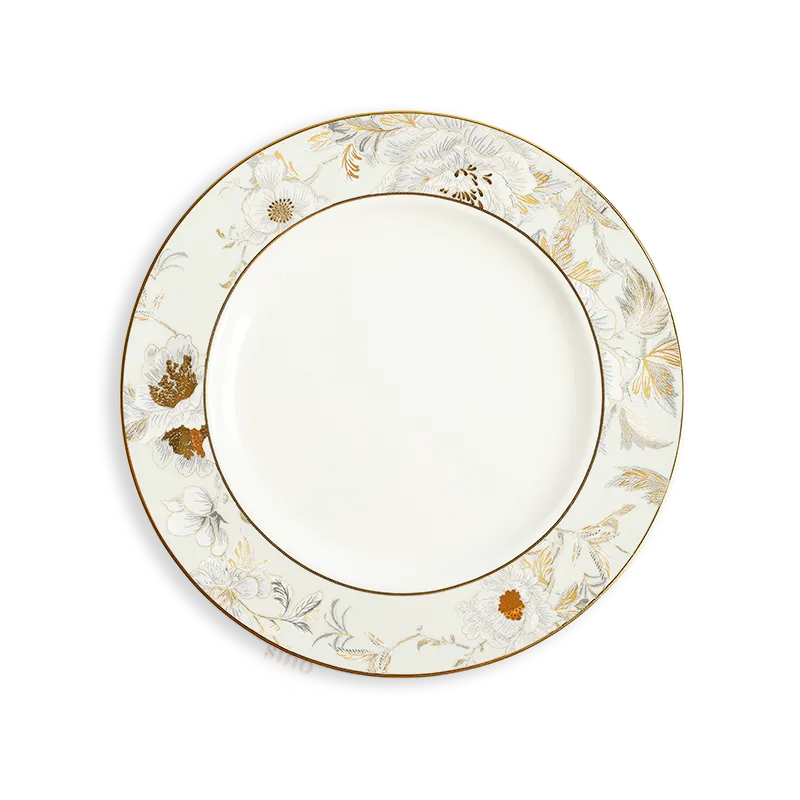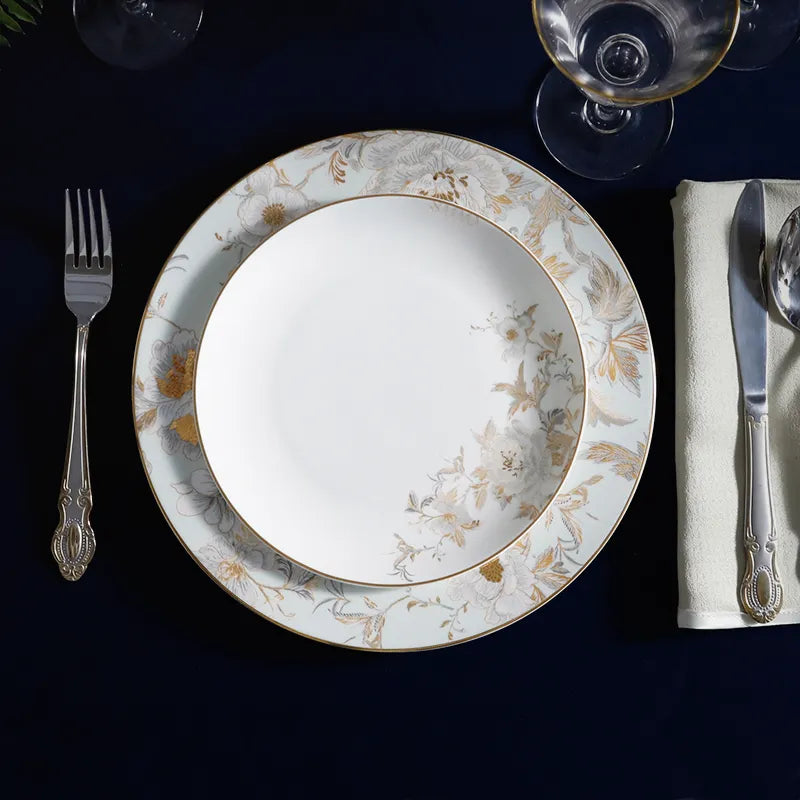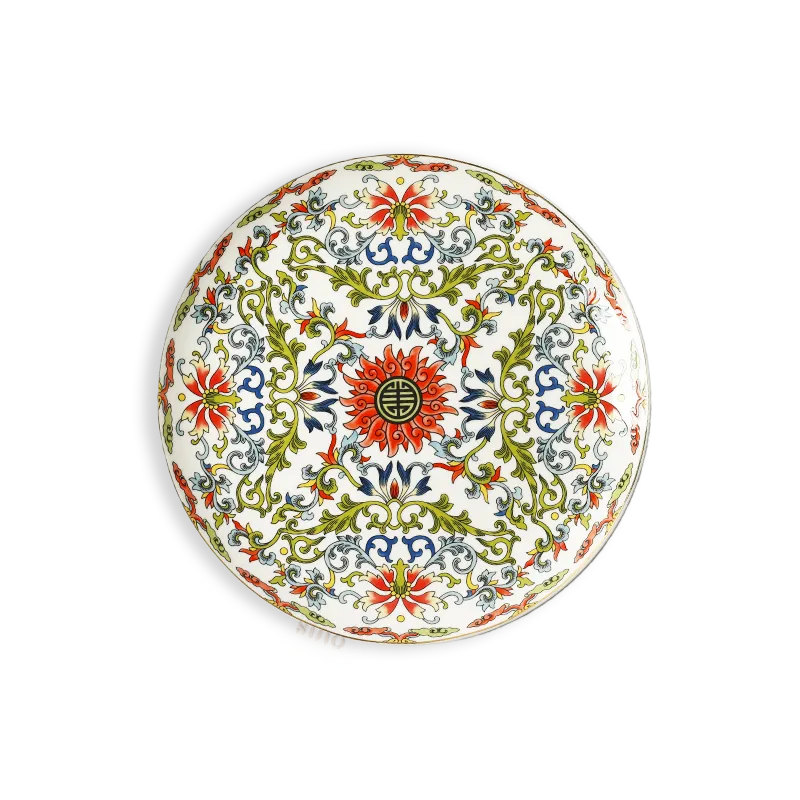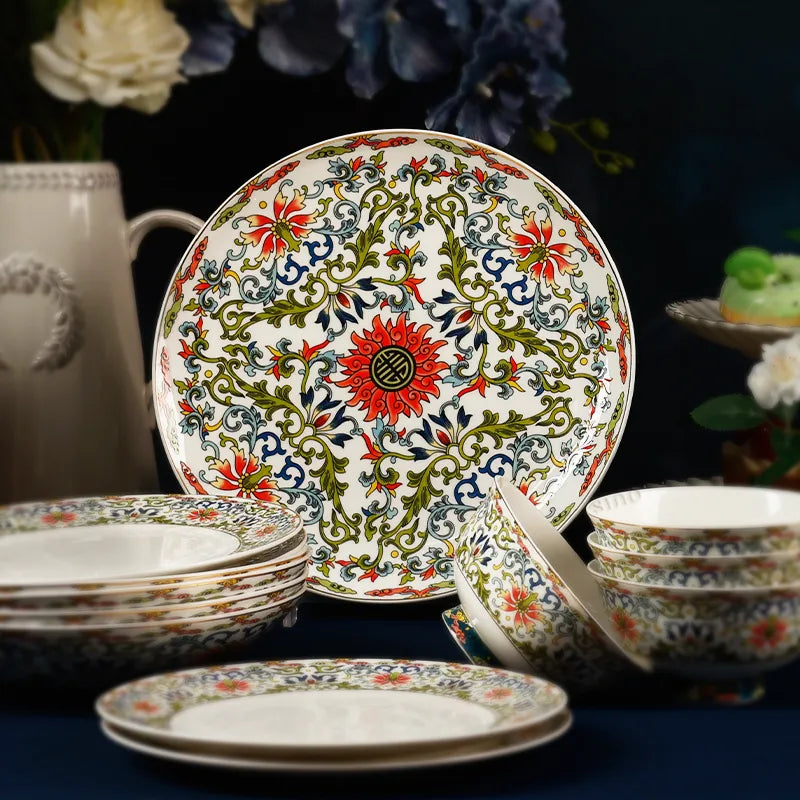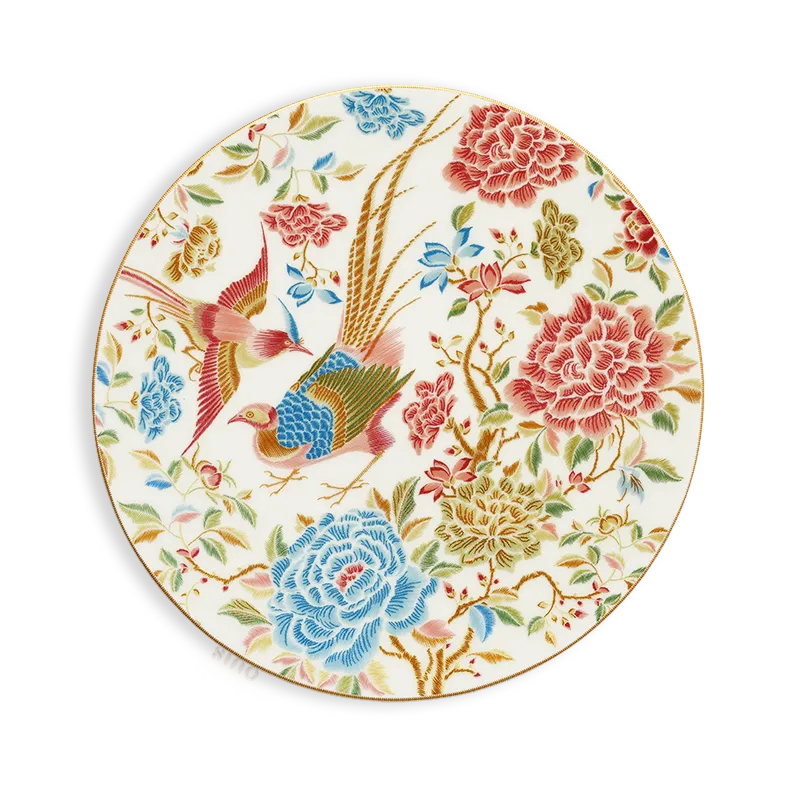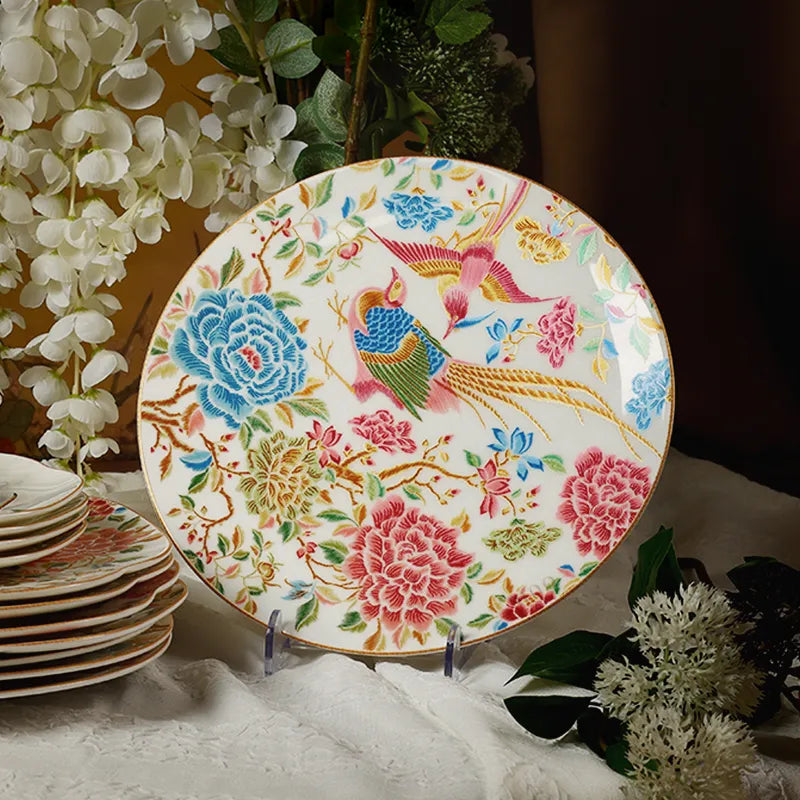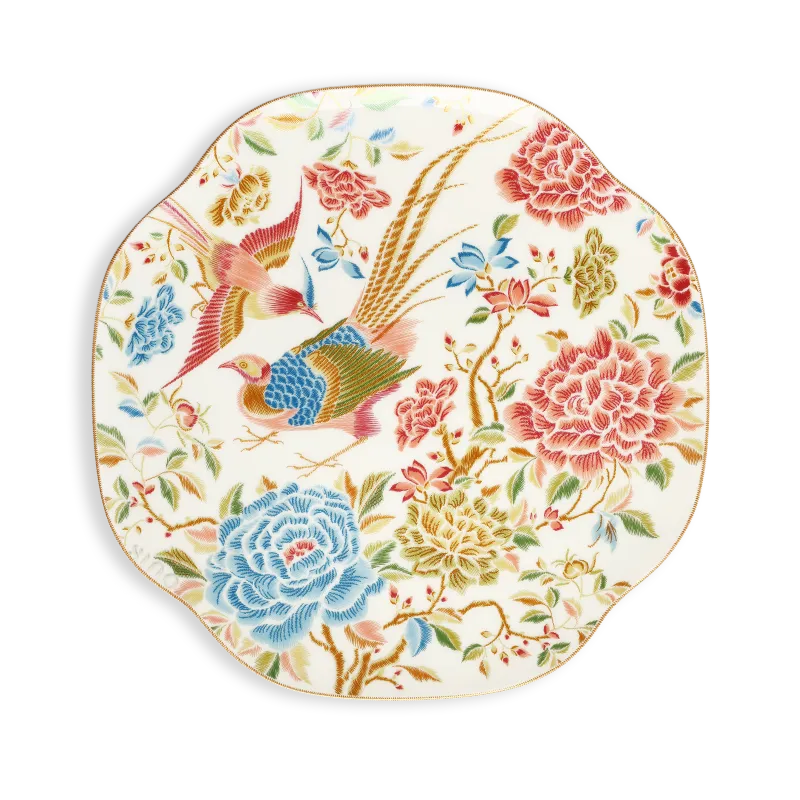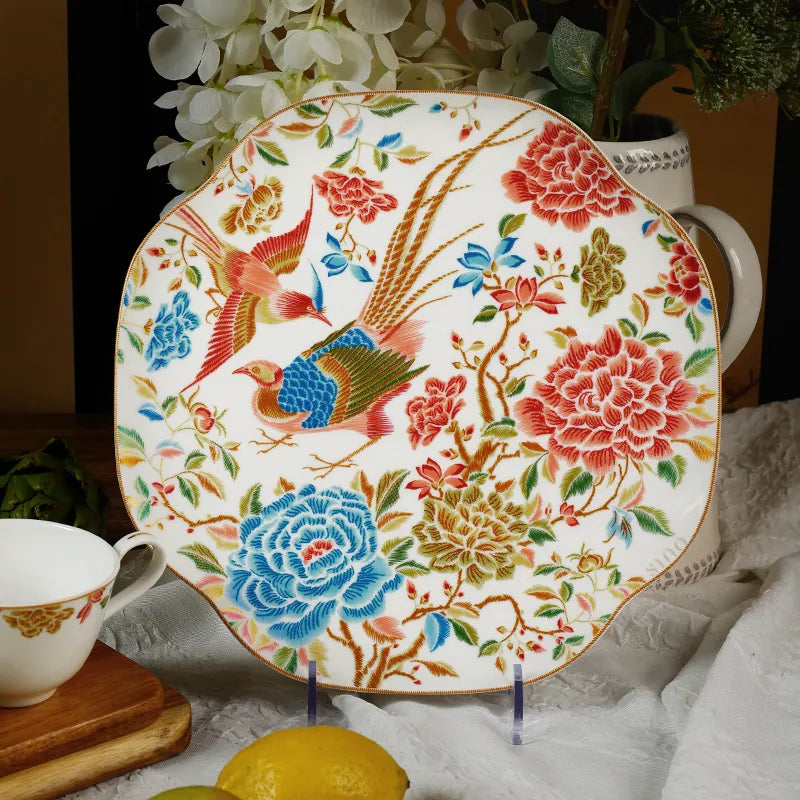The Chinese Lion Dance, known as Wu Shi (舞狮), is undoubtedly one of the most vibrant and captivating traditions of the Chinese New Year. With its rhythmic drumming, intricate choreography, and dazzling costumes, it is not merely a form of entertainment—it is a deeply symbolic ritual that embodies the spirit of Chinese culture.
As we prepare to welcome the Year of the Horse (2026), the lion dance serves as a bridge between the past and the present. From the ancient legends of the Han Dynasty to the specific meanings behind the lion's colors, this guide explores the rich history and cultural significance of this revered art form. More details about the Year of Fire Horse, read our: Welcome to the Year of Fire Horse 2026: Exploring Chinese Zodiac Horse

Table of Contents
- History & Origins: The Legend of Nian
- Symbolism: Why is the Lion a Guardian?
- Colors & Meanings: The Three Kingdoms Connection
- Lion Dance vs. Dragon Dance (Comparison)
- Regional Styles: Southern vs. Northern Lion
- The "Eating Lettuce" Ritual (Cai Qing)
- FAQ: Tattoos, Dreams & Funerals
History & Origins: The Legend of Nian
The lion dance has a history that stretches back over 2,000 years. Interestingly, lions are not native to China. Historians believe the imagery was introduced via the Silk Road from Central Asia and Persia. Over centuries, the lion evolved from an exotic animal into a mythical symbol.
The Myth of Nian
The origins are often shrouded in folklore. The most well-known story involves a village terrorized by a mythical beast named Nian (and sometimes a pestilence). To protect themselves, villagers created a fierce costume resembling a beast—the Lion—to mimic its movements and scare the creature away. This victory laid the foundation for the lion dance as a symbol of protection and triumph over adversity.
Evolution in the Dynasties
Historically, the dance gained prominence during the Tang Dynasty (618–907 AD), becoming a key part of royal ceremonies. It was no longer just a village ritual but a sophisticated performance blending martial arts (Kung Fu) and artistic expression.

Symbolism: Why is the Lion a Guardian?
In Chinese culture, the lion is revered as a guardian spirit that wards off evil and ensures peace. During Chinese New Year, the performance is a spiritual cleansing of the community.
The Anatomy of the Costume
The lion costume itself is a masterpiece of symbolism, not intended to look like a realistic animal but a divine creature:
-
The Mirror: On the lion's forehead, you will often see a mirror. It is believed that demons are terrified of their own reflection; thus, the mirror acts as a shield to repel evil spirits.

-
The Horn: The single horn on its head represents the lion’s fighting spirit and its connection to the heavens.
Colors & Meanings: The Three Kingdoms Connection
The colors of the lion are not chosen at random. In traditional Southern Lion Dance, the colors often correspond to the historic heroes of the Romance of the Three Kingdoms, representing different virtues.
1. The Yellow Lion (Liu Bei) - Royalty
With a yellow face and colorful body, this lion represents Liu Bei, the benevolent emperor. It symbolizes royalty, wisdom, and kindness. It is usually the eldest lion in the troupe.
2. The Red Lion (Guan Yu) - Loyalty
Featuring a red face and black flowing beard, this lion represents General Guan Yu. Known as the God of War, he embodies courage, loyalty, and honor. This is the most common lion seen during celebrations.
3. The Black Lion (Zhang Fei) - Fighting Spirit
With a black face and short beard, this lion represents the fierce warrior Zhang Fei. It symbolizes youth, aggression, and a fighting spirit. It is often performed by younger dancers during competitions or challenges.

Other Significant Colors:
-
Gold/Silver: In modern times, these represent material wealth and prosperity.
-
White Lion: Traditionally associated with mourning. A white lion dance is performed at funerals to honor a master or elder who has passed away.
Lion Dance vs. Dragon Dance (Comparison)
Many observers confuse the two. While both bring luck, they are fundamentally different performances.
(One head, one tail)
(Holding poles)
& brings immediate luck
& wisdom, power

Regional Styles: Southern vs. Northern Lion
Over centuries, different regions developed unique styles reflecting their local culture.
Southern Lion (The Awakening Lion)
Originating from Guangdong (Canton), this is the style most seen globally. It is heavily rooted in Kung Fu. The lion’s movements are expressive—mimicking a cat scratching, shaking its fur, or waking up. The focus is on "spirit" (Shen) and martial stances.

Northern Lion (The Peking Lion)
Originating from the north, these lions resemble Pekingese dogs with shaggy orange hair. They are usually performed in pairs (male and female). The Northern style is less about martial arts and more about acrobatics—balancing on giant balls, navigating seesaws, and playful wrestling.

The "Eating Lettuce" Ritual (Cai Qing)
The climax of any lion dance performance is a ritual known as Cai Qing (采青), or "Plucking the Greens."
In this tradition, a head of lettuce (or other greens) is hung high above the door of a business. Hidden inside the leaves is a Red Envelope (Hongbao) containing money. The lion must use its skills—often standing on the shoulders of the tail dancer—to reach the greens.

After "eating" the greens, the lion spits the leaves out in an explosive scatter. This is not messy eating; it is a blessing. The Chinese word for vegetable (Cai) sounds like the word for "Fortune." By spreading the greens, the lion is spreading wealth and abundance to the business owner and the community.

Conclusion
The lion dance is more than just a performance—it is a living tradition that encapsulates the essence of Chinese culture. From its historical roots to its vibrant modern interpretations, the lion dance continues to inspire awe and admiration, connecting people with their heritage and each other.
During Chinese New Year, the sight of a lion leaping and swaying to the beat of drums is a powerful reminder of the strength, courage, and joy that define the festival. Whether you’re watching a lion dance on the streets of Chinatown or at a local celebration, you are witnessing a tradition that has endured for centuries, bringing good luck and happiness to all who experience it.
Welcome to the Year of Fire Horse 2026: Exploring Chinese Zodiac Horse
Chinese New Year 2026: Origins, Traditions & The Year of the Horse
2026 Year of the Fire Horse Gift Guide: Auspicious Ideas for Everyone | Sinocultural
FAQ: Tattoos, Dreams & Funerals
Q: What does it mean to dream of a lion dance?
A: Dreaming of a lion dance is generally considered a positive omen, symbolizing that good luck, protection, or a festive change is coming into your life.
Q: Is the lion dance performed at funerals?
A: Yes, but it is a solemn ritual known as "The Filial Lion." Typically, a White or Blue lion is used to pay respects to the deceased, symbolizing the spirit's safe passage.
Q: What music accompanies the dance?
A: A live ensemble of drums, cymbals, and gongs. The drum represents the lion's heartbeat, dictating the tempo and emotion of the performance.
